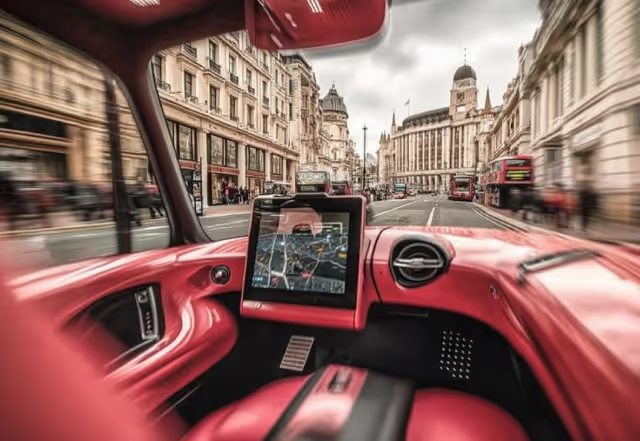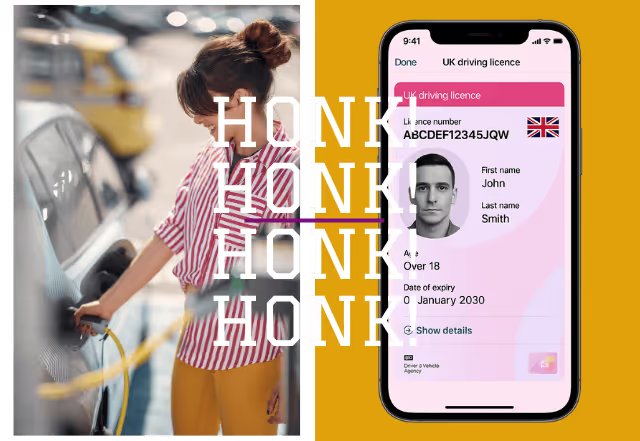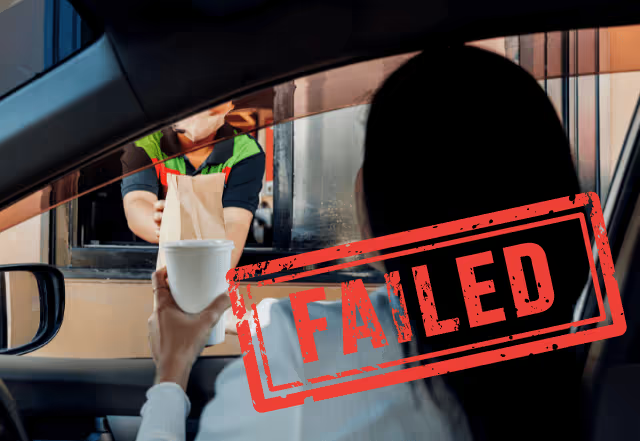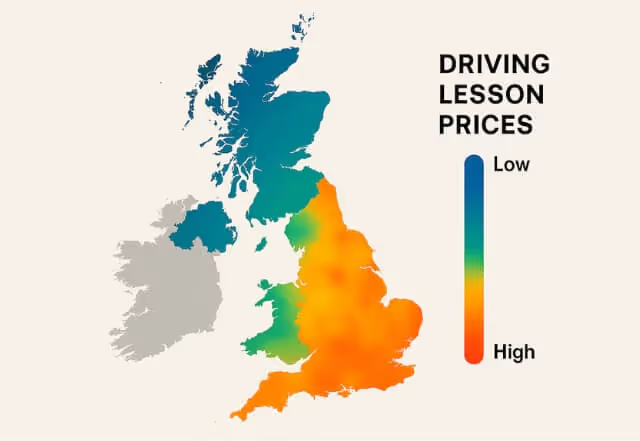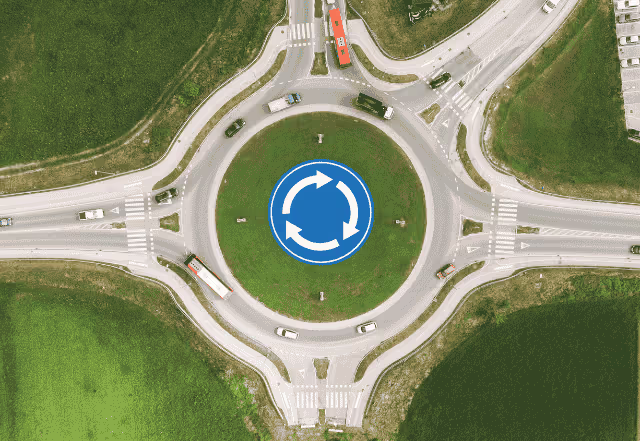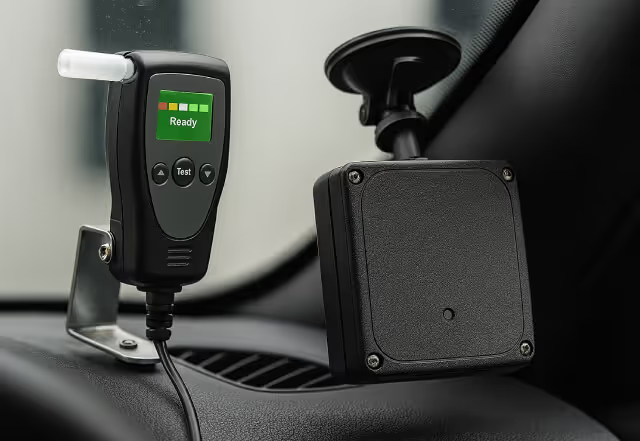Ah, the dreaded parallel park – two words that can send shivers down the spine of any learner driver. Whether you’re learning to drive in a busy UK city or just polishing your parking skills, this tricky manoeuvre often feels like it’s the final boss in the game of driving. With the right technique, and a little practice, you’ll master it in no time though.
Let’s break it down step by step so you can approach your next parallel park with confidence (and without the sweaty palms).
Why Parallel Parking Matters
Before we dive into the nitty-gritty, let’s talk about why nailing this skill is so important:
- Tight Spaces: Especially in UK cities, parking spaces can be as tight as a sardine tin. If you can parallel park, you’ll always be able to squeeze into those spots that others drive straight past.
- Parking in Style: There’s something super satisfying about pulling off a perfect parallel park – it shows precision and control. And hey, you’ll impress your passengers, your instructor, and even your grandma.
- Test-Ready: If you’re preparing for your UK driving test, be warned: parallel parking could show up as one of your manoeuvres.
The Simple Steps to a Perfect Parallel Park
No need to overthink it – let’s make parallel parking as easy as pie with these straightforward steps:
1. Find Your Spot
The first step to any successful parallel park is picking the right spot. Look for a space that’s at least one and a half times the length of your car. The bigger the space, the easier the park.
- Check for gaps: In the UK, parking spaces can be tight. If the space looks a bit of a squeeze, ask yourself if you can comfortably fit in without bumping into anyone else.
- Avoid tricky spots: Slopes, busy roads, or places with loads of pedestrians can add unnecessary pressure. Pick an easier spot until you’re feeling more confident.
2. Get into Position
Once you’ve found your spot, it’s all about positioning. Pull up next to the car in front of the space and align your car so your wing mirrors are roughly in line with theirs. Leave about two feet (or one metre) of space between your car and theirs.
- Signal your intentions: Let other drivers know what you’re up to by signalling. This will give them a heads-up that you’re about to reverse into that space.
- Check your surroundings: Always check your mirrors and blind spots before starting the manoeuvre. There might be cyclists or pedestrians trying to go past you.
3. Start Reversing
Now, the fun part! Begin slowly reversing and as soon as the back of your car is level with the back of the car next to you, turn the steering wheel one full turn to the left (or as far as it will go).
- Slow and steady: Keep it nice and slow – there’s no rush. The slower you go, the more control you’ll have, and the easier it is to correct any little mistakes.
- Check those mirrors: Use your mirrors to keep an eye on the position of your car. If it starts feeling a bit tight, don’t panic – there’s always room to adjust.
4. Straighten Up
Once the front of your car is clear of the vehicle in front, start steering right to straighten your car as you continue to reverse into the space. You want your car to end up parallel to the curb, with a comfortable gap between your tyres and the pavement.
- Keep checking your mirrors: Make sure you’re not getting too close to the car behind or the curb.
- Adjust if needed: If you find you’re not quite straight, don’t worry! Move forwards a little and adjust your angle until your car is perfectly parallel.
5. The Finishing Touches
You’re nearly there! Now, just pull forward slightly to centre your car in the space. Make sure you’re not too close to either the car in front or the one behind. And voilà – a perfectly parked car.
- Final checks: Before you get out and celebrate your victory, do one final check of your mirrors to make sure you’re in the space and not blocking traffic or any driveways.
Common Parallel Parking Mistakes (and How to Avoid Them)
No one gets it perfect every time, especially when you’re learning. But here are a few common mistakes and how you can avoid them:
- Turning the wheel too soon: If you start steering too early, you might end up too far from the curb. Make sure you’re level with the car in front before turning.
- Not using your mirrors enough: Your mirrors are your best friend during a parallel park. Use them to check how close you are to the curb and the other cars.
- Panicking with cars behind you: It’s easy to feel pressure when there’s a line of cars waiting behind you, but don’t rush. Take your time – they can wait! It’s better to take a few extra seconds to park properly than to rush and risk hitting something.
The Psychology of Parallel Parking
So, why does parallel parking make us so nervous? It’s all about mindset.
- Pressure from other drivers: Knowing there are cars waiting behind you can make you feel rushed, but remember – everyone has been there. Take your time and focus on what you’re doing.
- Fear of messing up: It’s normal to worry about getting too close to another car or hitting the curb. But remember, practice makes perfect, and the more you do it, the easier it gets. In the beginning, just choose parking spots that have a bit more space if possible.
- Confidence comes with practice: The more you parallel park, the more it will become second nature. Soon, you’ll be parking like a pro without even thinking about it. Well, maybe think a little.
Conclusion: Parallel Parking Isn’t as Scary as It Seems
Mastering parallel parking is a rite of passage for every UK driver. Once you’ve got the hang of it, you’ll wonder why it ever seemed so daunting. With these simple steps, a bit of patience, and regular practice, you’ll soon be sliding into spaces with ease.
Next time you spot that perfect parking spot between two cars, don’t hesitate – use these tips, take your time, and park like a pro. Parallel parking panic? Not anymore!


